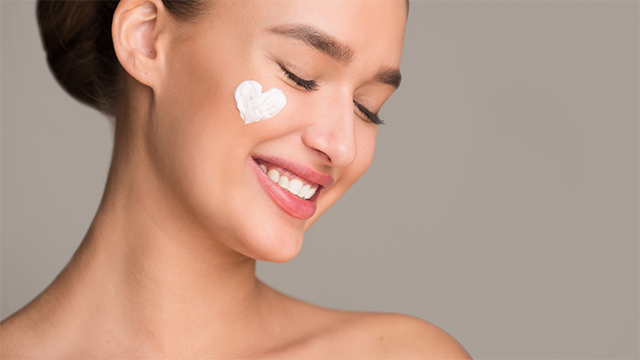Have you noticed little lines that start at the corners of your mouth and run down to your chin? These facial wrinkles are known as marionette lines.
While marionette lines are quite common, they can be more complicated and challenging to treat than other areas. The skin is very thin, so anti-wrinkle injections are often not the best option for treating marionette lines.
But you can achieve great results with dermal fillers.
What Are Marionette Lines?
Marionette lines are a common type of facial wrinkle. They appear at the corners of the mouth and extend down towards the chin. The name “marionette lines” comes from marionette string puppets that have distinct lines located in the same area.
There are different degrees of severity when it comes to marionette lines. Some practitioners use a wrinkle grade of 0-5, while others use a simple mild, moderate, or severe grading.
There are several potential causes of marionette lines, including:
- Natural aging
- Genetics
- Stress
- Smoking
- Sun exposure
Some people develop marionette lines earlier than others. Because of the prominent position on the face, these facial wrinkles can make you look older than you truly are.
How To Treat Marionette Lines With Dermal Fillers?
As the body ages, it produces less collagen and elastin. These are essential proteins that keep the skin hydrated and springy. They give the skin a youthful appearance.
At the same time, the skin begins to lose volume as the muscle and fat pads beneath the skin drop with gravity.
This can create the appearance of skin sagging, marionette lines, and other signs of facial aging.
Dermal fillers contain hyaluronic acid, a sugar substance naturally occurring in the body. When injected into the skin, the dermal filler attracts water molecules and expands to lift the skin from within and restore lost volume.
The skin appears smoother, firmer, and well-hydrated. Dermal fillers also stimulate new collagen production for a long-lasting impact on the skin.
What Is the Procedure Like?
After an initial consultation, your practitioner will cleanse the area to minimize the risk of infection. Then, they will apply a topical anesthetic so that you don’t feel discomfort during the injections.
Your practitioner will inject the dermal filler along the marionette lines into strategic locations. The filler product will lift the skin from within.
After the treatment, you’ll be advised to avoid strenuous exercise, extreme heat, or sun exposure until the filler has settled.
When Can I See the Results?
Dermal fillers are a fast-acting cosmetic treatment. You’ll notice an immediate improvement following treatment. Results will improve over the next 10-14 days as the filler product settles and any bruising or swelling from the injections subsides.
It’s important to note that dermal fillers are not a permanent solution for marionette lines. Over time, the filler product will be broken down by the body and absorbed.
You’ll need repeat treatments every 6-12 months to maintain your results.
What’s the Best Kind of Injectable Filler To Use on Marionette Lines?
While many different fillers can be used to treat marionette lines, most clinicians use Juvederm. It’s one of the most popular types of dermal filler, with a strong safety record and little to no side effects.
Because they are located in an area with lots of muscle movement, the best filler for deep marionette lines is usually slightly thicker, so it will last longer between treatments.
What Happens When the Filler Wears Off?
Over time, the body absorbs the dermal filler product. This means your marionette lines will return to how they looked before the treatment. It takes around 12 months for the filler to be absorbed.
Many people schedule a top-up treatment around six months after their first injections to maintain their results. Dermal fillers do not cause new wrinkles to form or age the skin.
Dо Marionette Line Injections Hurt?
Like any injectable treatment, you can expect some mild discomfort. Marionette line fillers are not painful, but you may experience pressure as the injections are applied. A topical anesthetic is applied before treatment to minimize any discomfort.
Post-treatment, it’s common to experience some mild redness, swelling, and bruising. These effects are temporary and should subside within a few days.
Are There Any Side Effects?
The most common side effects are redness and tenderness around the injection sites for 48-72 hours. Serious complications are rare but can include an allergic reaction to the filler or infection.
There is also a risk of asymmetry if the filler product is applied unevenly. This can be treated using massage techniques and is extremely rare when an experienced practitioner performs the treatment.


